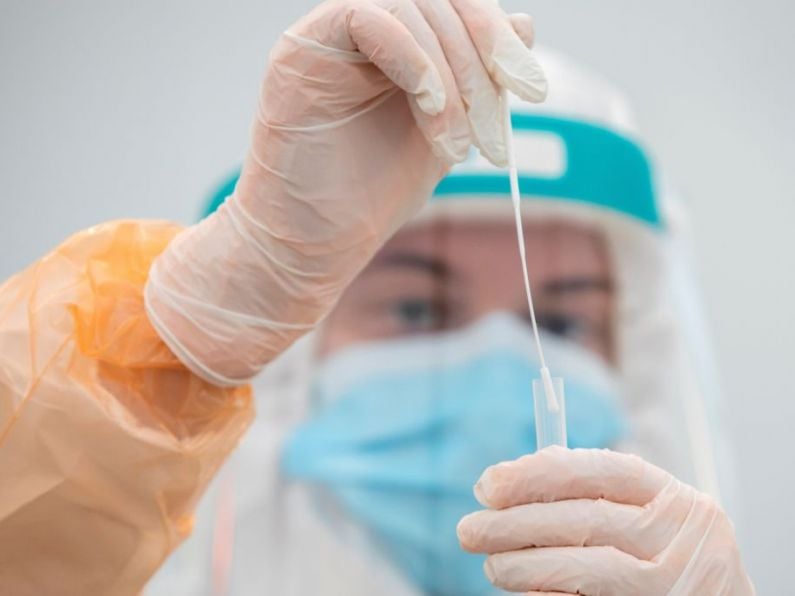Digital Desk Staff
Changes to close-contact testing means individuals who have had contact with Covid-19 cases may have their 14-day restriction period shortened if they are not showing symptoms.
As The Irish Times reports, on Wednesday the HSE reintroduced twice-testing of close contacts of positive cases — on day zero and day 10 since their last exposure to the case.
This will allow close contacts to end their restricted movements if they receive a “not detected” result from the day 10 test and are asymptomatic.
Previously, since the resumption of the testing of close contacts on January 29th, close contacts were tested just once, on day five, but were still required to continue restricting their movements for 14 days regardless of whether the day five test produced a “not detected” result.
The HSE introduced the testing changes on Wednesday after the recommendation was made by the State’s chief medical officer, Dr Tony Holohan, in the latest letter to Minister for Health Stephen Donnelly, dated February 4th and just published by the Department of Health.
“This could shorten the period of restrictions,” said the HSE’s national lead for testing and tracing, Niamh O’Beirne.
Second test
She said if a close contact has the test on the morning of day 10, they will be released from their restricted movements if the second test comes back negative and they have no symptoms.
Dr Holohan recommended the changes after the State’s health service regulator, the Health Information and Quality Authority, updated its analysis on the impact of different testing.
The changes to the testing regime could be introduced “as soon as swabbing testing and contact tracing capacity can facilitate this development,” he said.
Dr Holohan also advised Mr Donnelly that healthcare workers designated as close contacts should move to testing at day zero and day 10, instead of day five and day 10, since their last exposure.
Double testing allows the system to catch more cases as the incubation period in a close contact can result in the first test producing a “not detected” result and the second a positive result.
The positivity on second tests has stood at roughly around 3 per cent during the pandemic.












